You have no items in your cart. Want to get some nice things?
Go shoppingYou are so beautiful it kills me, I said.
I’m not, love, he said. Perhaps on the inside.
Don’t insult my eyes, I said.
*
She was making a photo series trying to figure out who we are.
Do you think it is our heartbeat or our face? she asked.
We are dust, I said, we are only change.
*
He made my heart race when I met him, for so many days I thought I was sick. It happened again when I saw him years later, so much life force I couldn’t sleep. When he looks away, I deaden. My face thickens and I stick needles in my back to realight my flimsy pulse. So, which heartbeat is me?
*
The body is an endlessly shifting accumulation of experience: every thing we’ve ever eaten, every feeling we’ve inherited or swallowed. Anger lodged in our thighs, terror clenched in our jaws, denial infecting our sinuses. Our emotions also fill the space around us: grief wafts like ribbons of petrol fumes, anxiety shakes the air. “The distinction to be made is not at all between exterior and interior, which are always relative, changing, and reversible, but between different types of multiplicities that coexist, interpenetrate and change places,” Gilles Deleuze and Felix Guattari wrote in A Thousand Plateaus.
*
Relationships have a texture, entirely specific to each dynamic. I wrote on resonance as something irretreviably interwoven with the physical, but other, supra-rational. This is the nature of bonds, the reason we return to the people we keep in our lives, naturally, something that flows upward if we allow it. Something about the spectrum of feelings we evoke in the other, the way the world looks when we’re connected, how our togetherness renders a space jagged or smooth. External reality cannot be disentangled from our inner state. We are permeable, so our interior is affected by our environs and always by each other.
*
Portraiture is a relationship. Like every relationship it can take many shapes: consumption, transaction, extraction, or, love. Real love holds you in presence, sees you, frees you, feeds you, makes a safe space to excavate our wounds. In portraiture we are shooting the intangible dynamic between us, it infuses the work. So when photographers are looking for examples or subjects or cliches, a perceptive viewer will notice and contract. Such photographs are violent. Labels dehumanize, constrain, contain, objectify in passing. Identity can feel like shackles, a forced rigidity on something much more fluid.
*
Photographs carry energy. If we see many realms, then we shoot many realms, and people who can see them, do. Lately, I’m not interested in translation. I came across a photo series by a woman who could not see auras but wished to. The images felt forced and flat, they were photographs of representations of auras. How can you photograph something you can’t see? I wondered. I dislike, lately, the established photographic language for dignity. Why to portray dignity must we take someone out of their normal state, elevate them and splash them with a particular kind of light, white and reflective, or place them in a pose reminiscent of the iconography of historic oppressors? (“How can one, however, dream of power in any other terms than in the symbols of power?” James Baldwin wrote.)
But what if dignity, like love, like resonance, is not created but encountered? Perhaps it is a type of presence, a way of seeing, being, interacting, with reverance. “How can I know that what I term Heaven is not human? Or that what I call human is not Heaven?” the Taoist philosopher Chuang Tzu wrote. It is a question that I live and photograph.
*
A photograph, with its fabricated stillness, should make no claim on reality, with its continual movement. The body is endlessly regenerating. (I have shed every cell that touched you by now, I wrote, in the years in between. But I was still writing on him.) Each human is a universe of their own, or, perhaps each human is the universe itself distilled into a specific, vast and endlessly mutable entity. Portraits, then, are objects we make along the way: fragments of interactions as we love and evolve and dissolve.
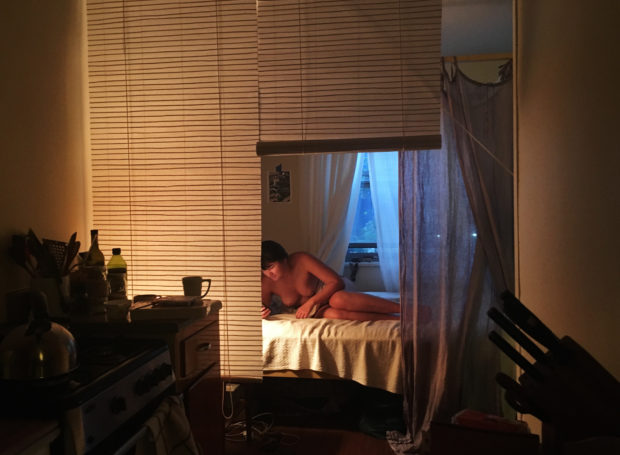
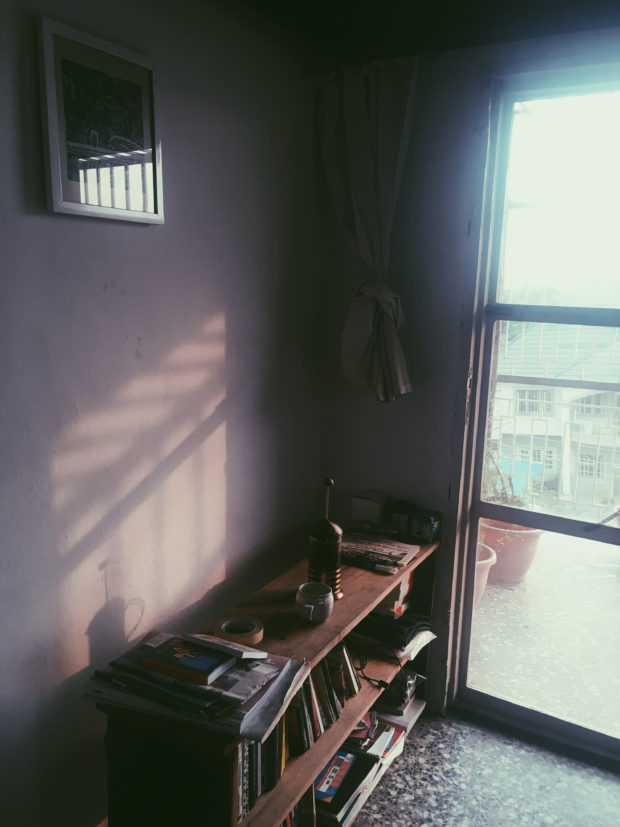
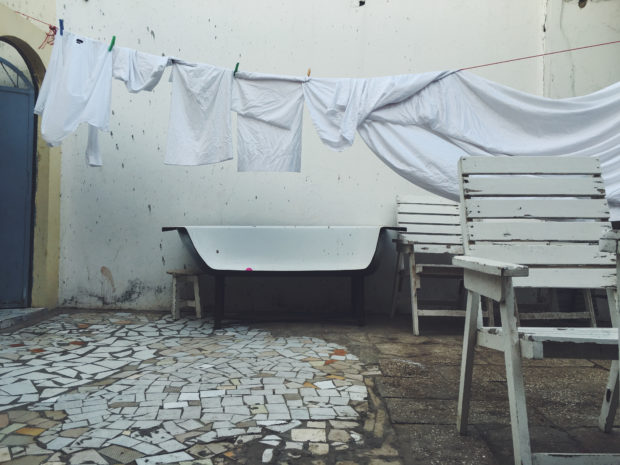
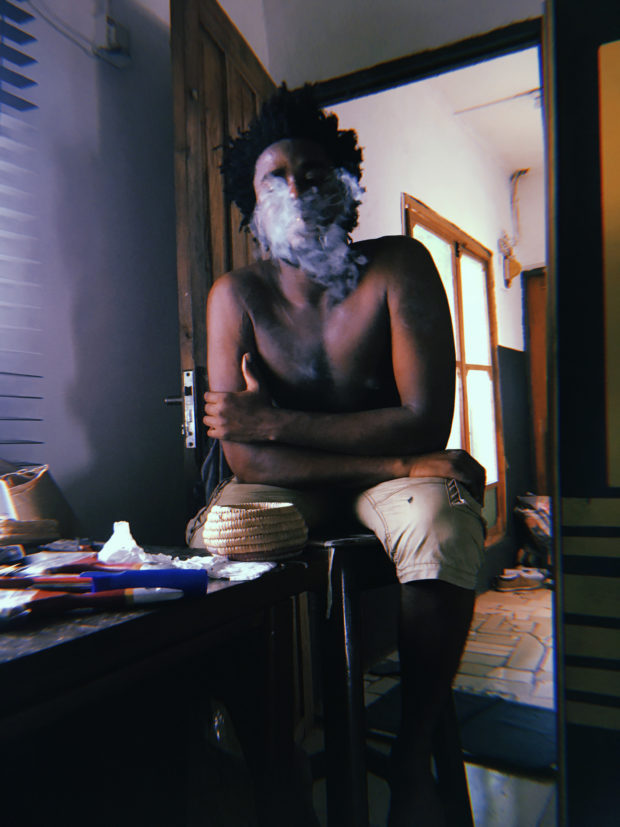
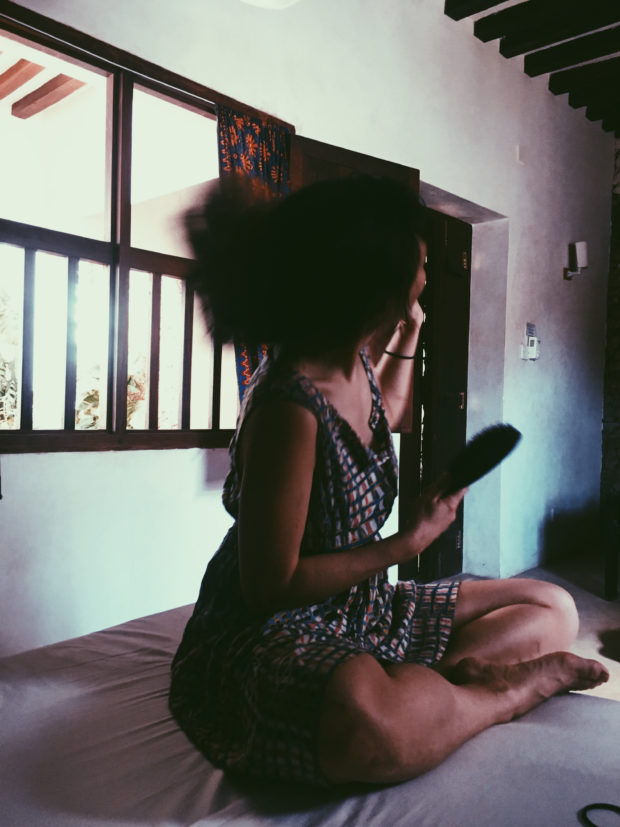
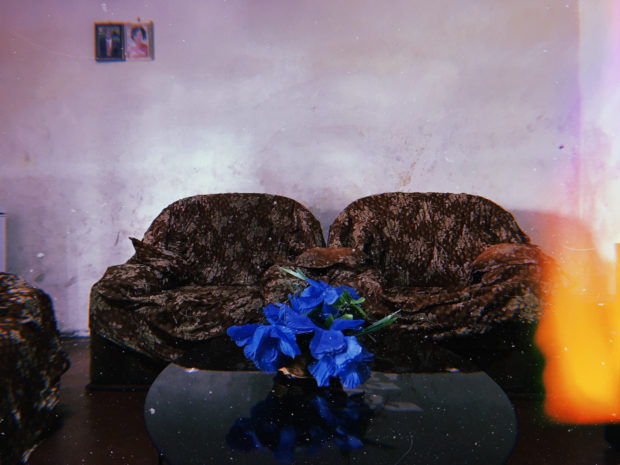
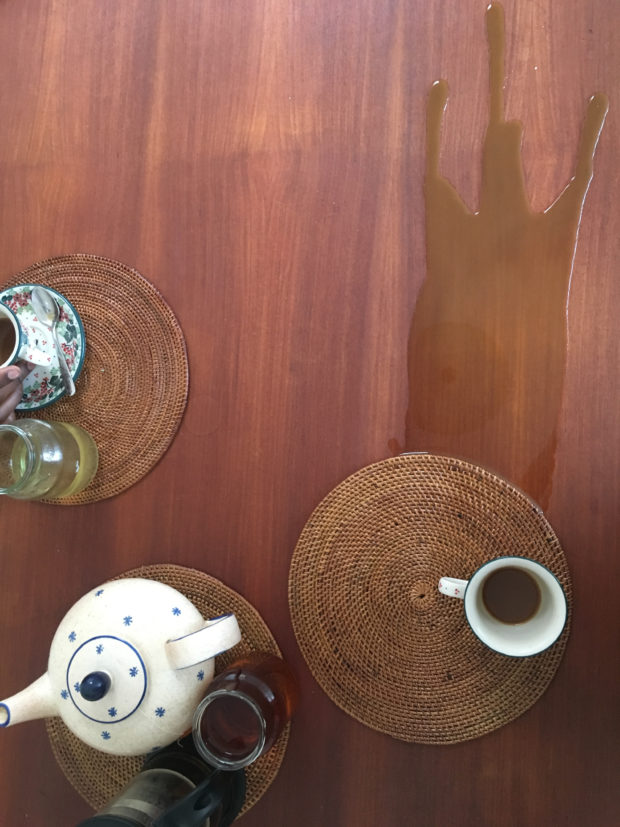
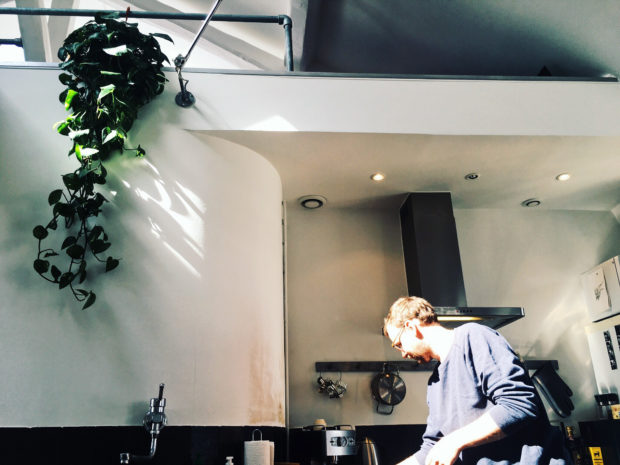
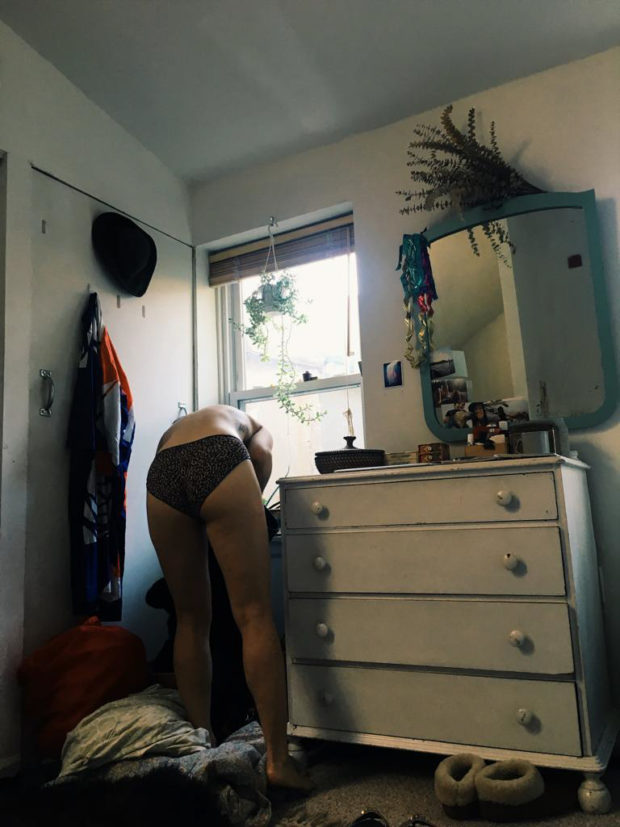
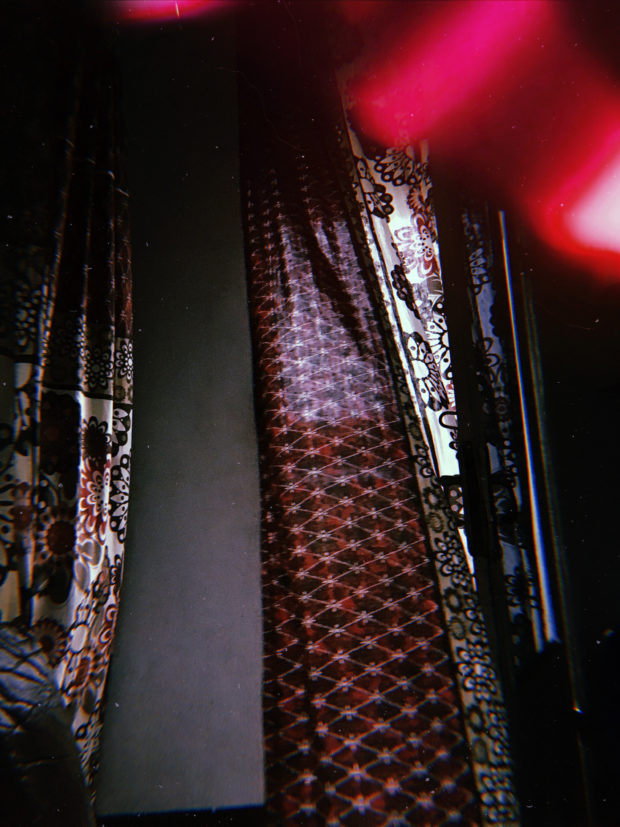
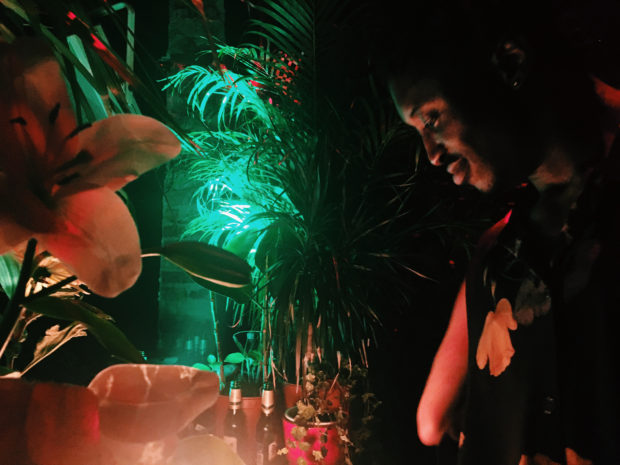
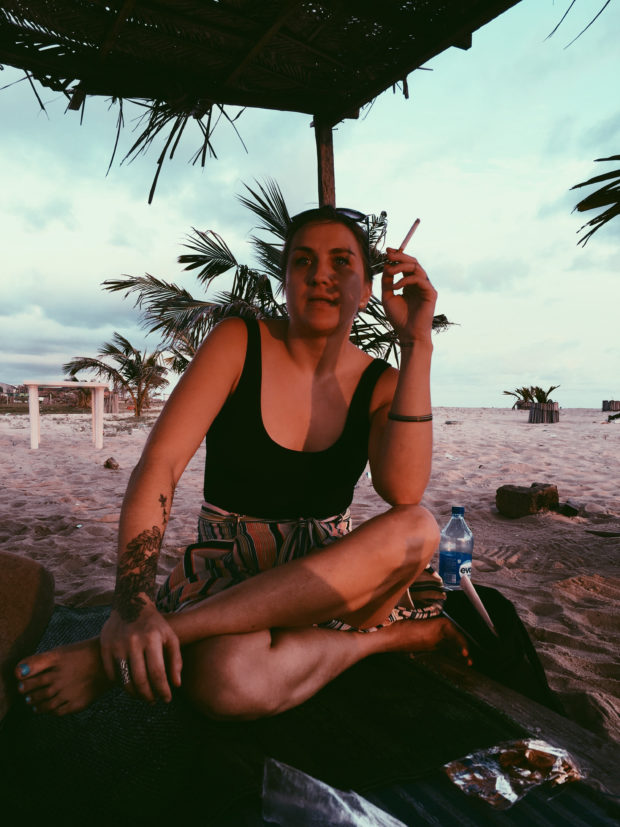
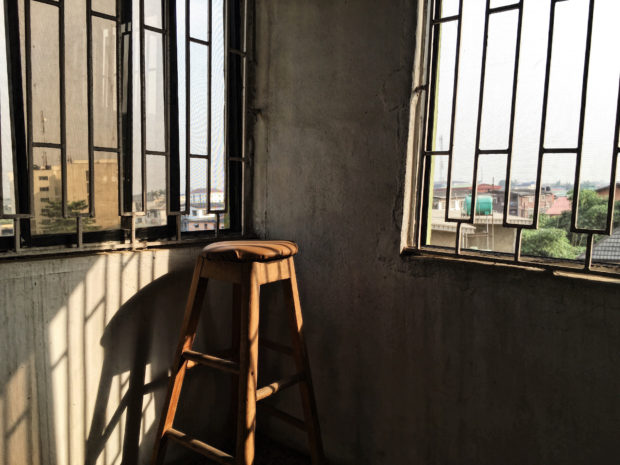
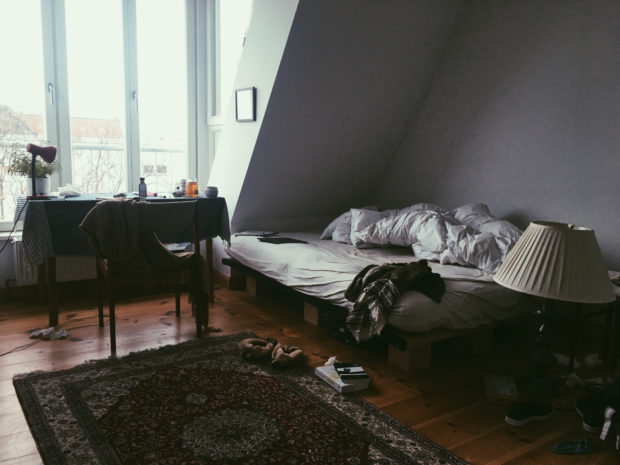
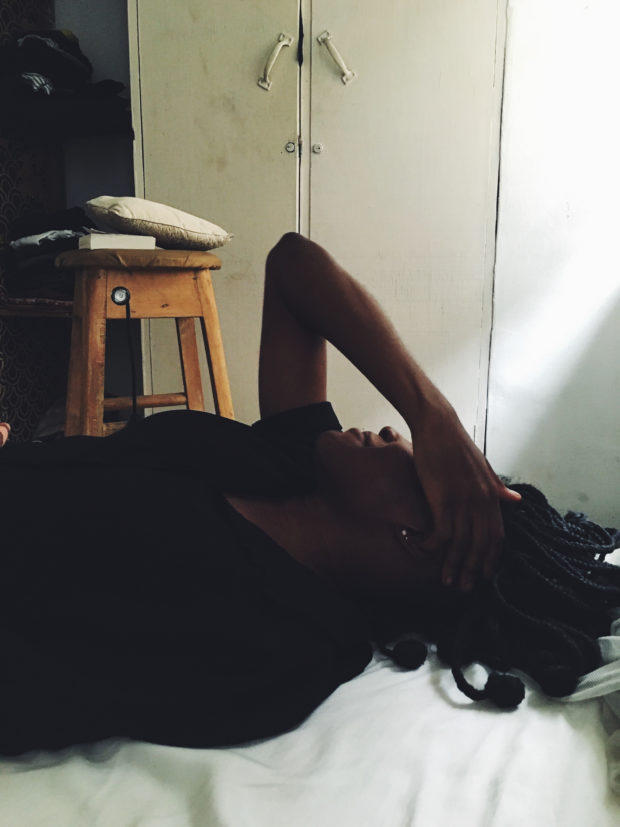
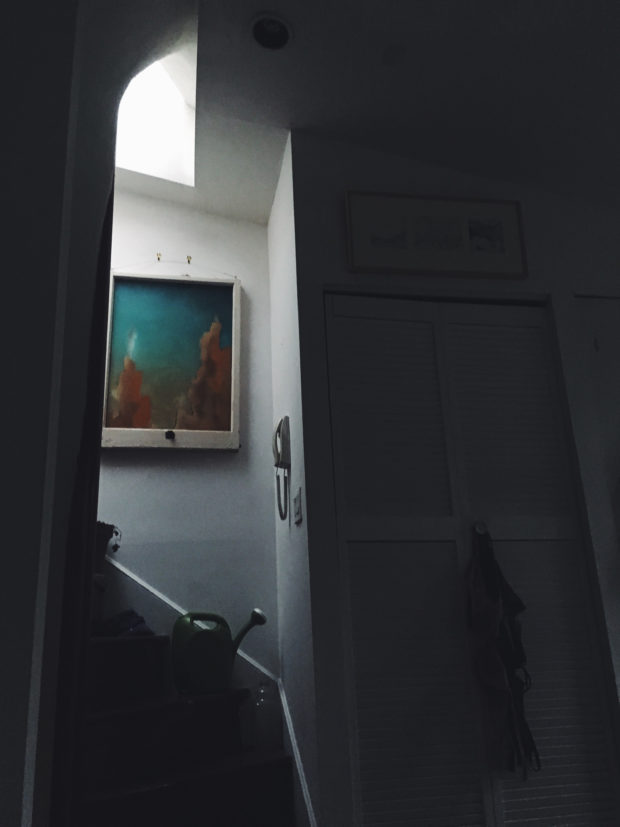
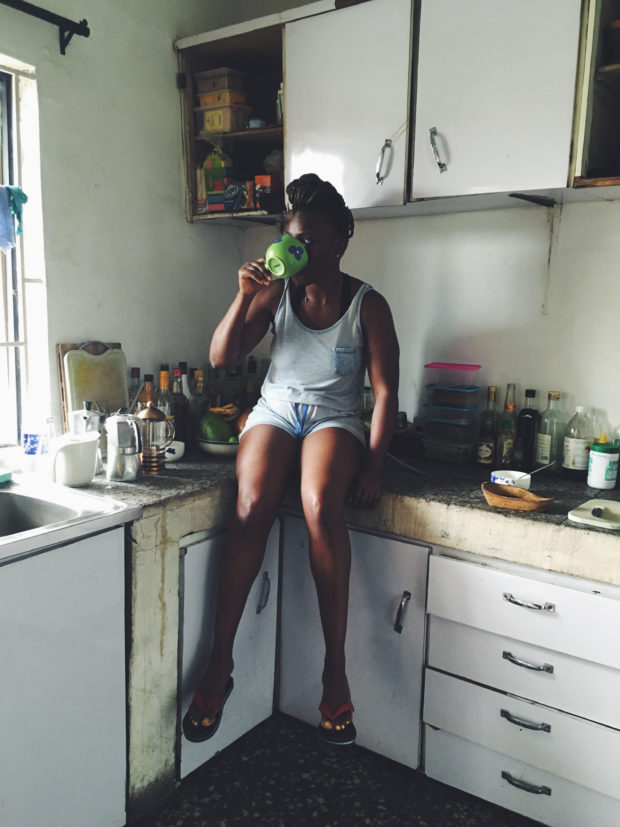
Allyn Gaestel
Allyn Gaestel is a writer; her home is in Lagos, Nigeria. She has published in The New Yorker, Guernica, The Common, Dust Magazine, The Atavist, The New York Times, The Los Angeles Review of Books, The Los Angeles Times, The Guardian, Nataal, Intense Art Magazine, Moon Man Magazine, and many others. Her photographs have been exhibited internationally including at The Museum of Contemporary Art in Liepzig, Germany, Espaco Saracura in Rio de Janeiro, Brazil, and The Treehouse in Lagos, Nigeria. Find her at: www.allyngaestel.com




